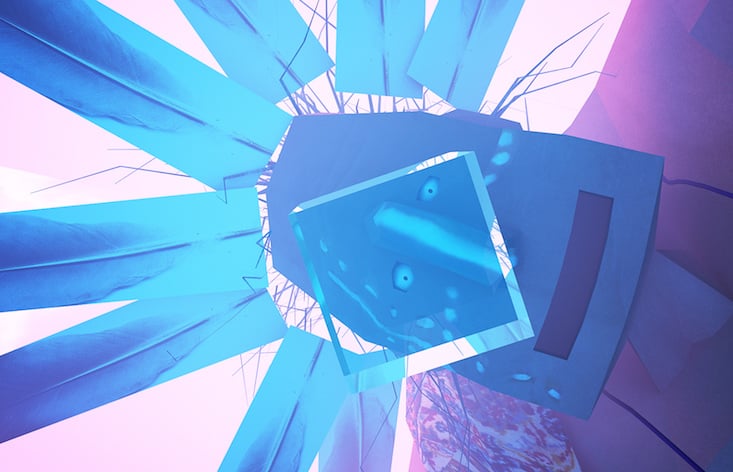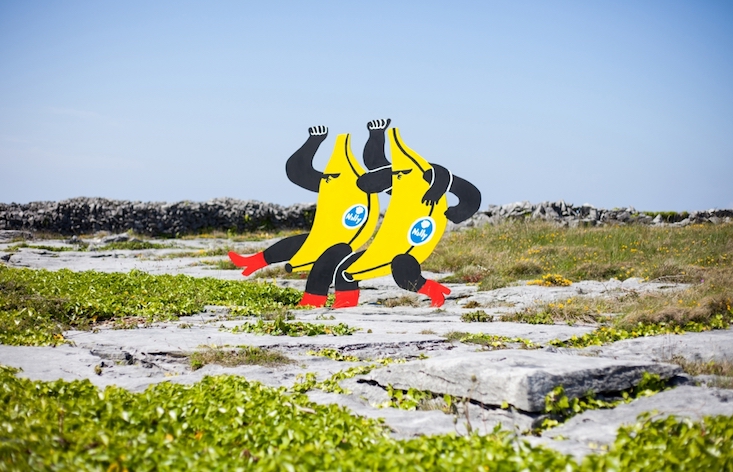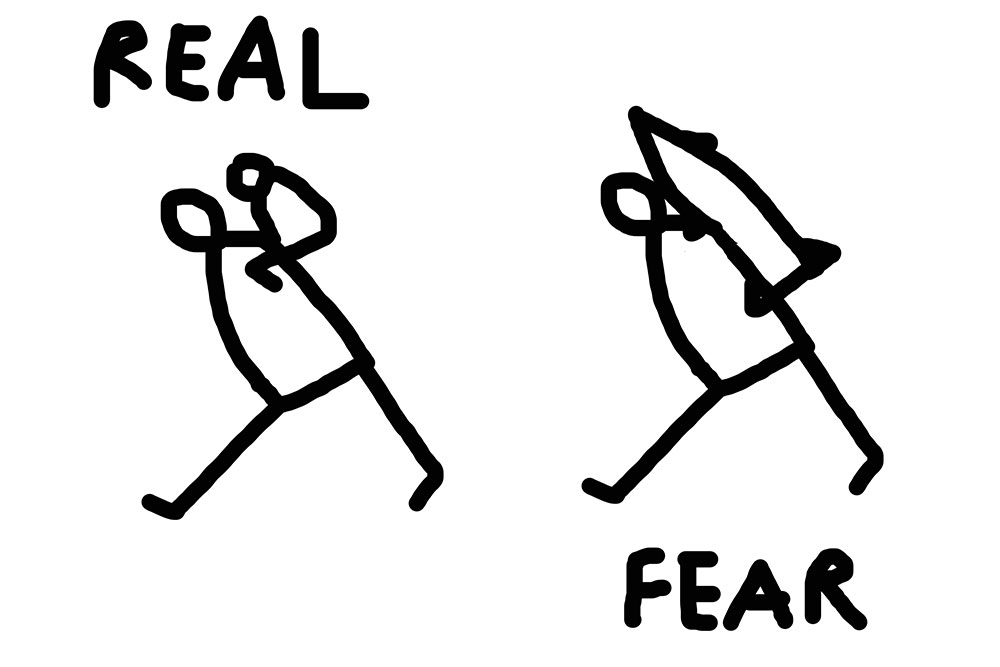How Marcell Jankovics’ psychedelic animation lights a path for artists in an age of rising authoritarianism
Hungary’s psychedelic animation auteur is back on the big screen. But what can the country’s artists learn from Marcell Jankovics today?
Despite its impressively epic scope and boldly idiosyncratic style, the work of Hungarian animator Marcell Jankovics remains curiously underappreciated, even among aficionados of the form. With a 4K restoration of his 1981 masterpiece Son of the White Mare recently completed, his unique filmmaking may finally be due a reappraisal. Fascinating from a formal point of view, due to his commitment to exploring the possibilities of animation as an artform, his films are also interesting as an example of the role of culture in society, particularly in the context of recent developments in his homeland.
To watch a Jankovics film can often be a disorienting experience, not unlike listening to a story relayed by a particularly imaginative child
Jankovics has always been drawn towards the most timeless, universal narratives and themes. In an early short from 1974, he illustrated the myth of Sisyphus with a monochrome palette and the broad strokes of line-drawing, as well as a sly sense of humour. He eventually returned to the well of Greek myth in 1991, to recreate the story of Prometheus with a similarly minimal, playful aesthetic.
But it’s the cultural canon of his own country that has interested Jankovics the most, and it’s perhaps this esotericism that has limited his crossover appeal. His debut feature, Johnny Corncob (1973), was based on a 19th-century work by Sándor Petőfi, and was Hungary’s first-ever animated feature film. A revolutionary political figure, Petőfi is also considered by most to be the country’s national poet, and the film was commissioned by the government for the 150th anniversary of his birth. More recently, Jankovics made Song of the Miraculous Hind (2002), an animated history of Hungary. This latter film saw him demonstrate more reverence and fidelity towards the source material than most of his other work, though it still offers a dizzying variety of different styles.
To watch a Jankovics film can often be a disorienting experience, not unlike listening to a story relayed by a particularly imaginative child. While his narratives are often relatively linear, he has expressed a lack of interest in representing reality in animation, and rarely constructs a detailed, solid world in which his stories can take place. He opts instead for a more decorative, expressionist approach, with shapes that shift rapidly back and forth between figurative, symbolic, and abstract. The closest comparisons would be Fantasia,Yellow Submarine, or some of Studio Ghibli’s more surrealist digressions, but Jankovics’ constantly fluctuating blend of cosmic patterns and Central European nature imagery makes his style truly singular.
A scene from Son of the White Mare.
Son of the White Mare was Jankovics’ first feature-length foray into ancient mythology. It was based on a fable originating in Hungary and Eurasia, of which there around 50 versions, and most closely resembles “Fehérlófia”, an epic poem retelling first recorded by László Arany. Its vivid opening sequence depicts the birth and early development of the titular character, whose mother is a goddess in horse form, with a combination of mythic motifs and unusually graphic physicality. The story then follows him and his two supernaturally strong brothers, as they fulfil their destiny to save three princesses being held captive by dragons in the underworld.
Jankovics had originally conceived Son of the White Mare as an amalgam of several different folktales, exploring the recurring nature of time and space. However, the same communist government that had sponsored his previous feature now took issue with this particular concept, and the animator was forced to reconsider his scenario. Authorities saw the idea of eternal recurrence as being contradictory to Marxism, which interprets history as a linear, predetermined process of class struggle. Though Jankovics himself had no subversive intent, the Kadar regime was not prepared to let its fundamental ideology be questioned, seeing cultural output primarily as a way to build collective consciousness amongst its people.
Though Jankovics is a mostly apolitical figure, whose run-ins with political censorship didn’t seem to inspire much resentment or rage, his work nevertheless has potential for a subtle kind of radicalism. With its kaleidoscopic forms and colours, his aesthetic defies the anthropocentrism that dominates both the Western animation tradition and the political imaginary of populist movements. He is unconcerned with sentimentality or moral order, and events in his films rarely seem to be determined by any will or agency, beyond that of the universe itself. Jankovics himself has claimed that “my human characters, even lead characters, are only a minor part of the whole image”.
Ironically, it’s that lack of engagement either for or against the regime that could make Jankovics so politically relevant for the Hungary of today. Almost 40 years later, Hungary’s Viktor Orbán is now at the forefront of a new global wave of nationalist authoritarianism, and shared myths are once again being used as a tool of coercive power. A key strategy of his Fidesz party is the articulation of a cultural narrative in which the Hungarian nation underwent a collective trauma, specifically when it was forced to cede large amounts of territory after the First World War. Positioning itself as the saviour of the authentic Hungarian population from the urban elites and outsiders who participated in its betrayal, the current regime justifies exclusion and oppression by affirming the reality of a mythical collective identity.
By de-emphasising the human aspect of myths, Jankovics’ body of work could prove instructive as a way to undermine nationalist propaganda. What it communicates above all is the sense that telling a story or expressing an idea has just as much value as the ideas or stories themselves. With its spirit of randomness, transience, and sui generis creativity, his filmmaking helps to rediscover the elemental pleasures of myth making as an active, participatory practice, reclaiming the power of shared narrative from anyone who might use it to centre their own struggles, and to further their own agenda. The Orbán regime’s revisionist cultural project can only expose its own cynical opportunism and bitter self-regard, when it’s compared with Jankovics’ restless, boundless imagination, and the universal scale and grandeur of the folk mythologies he has sought to depict.


